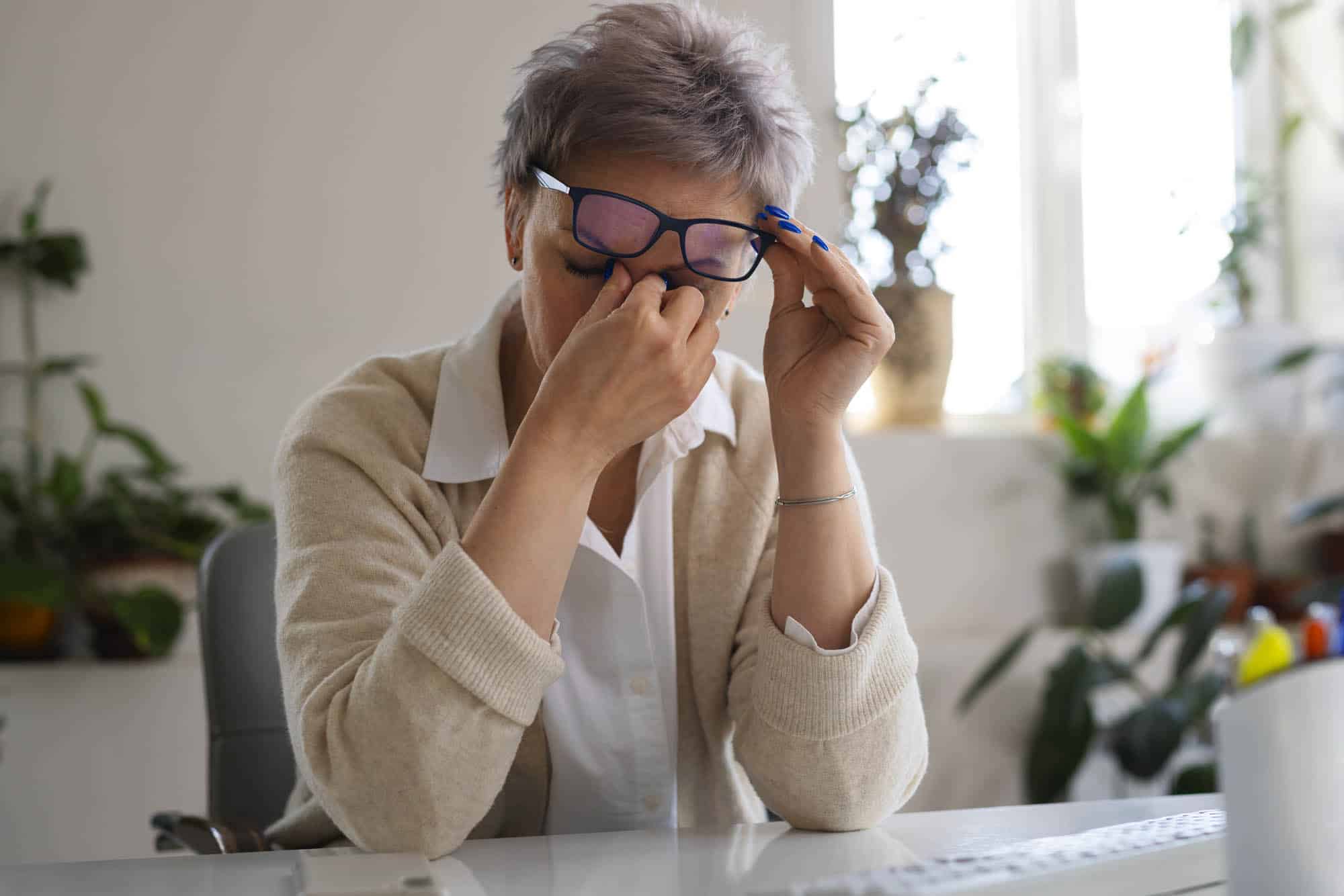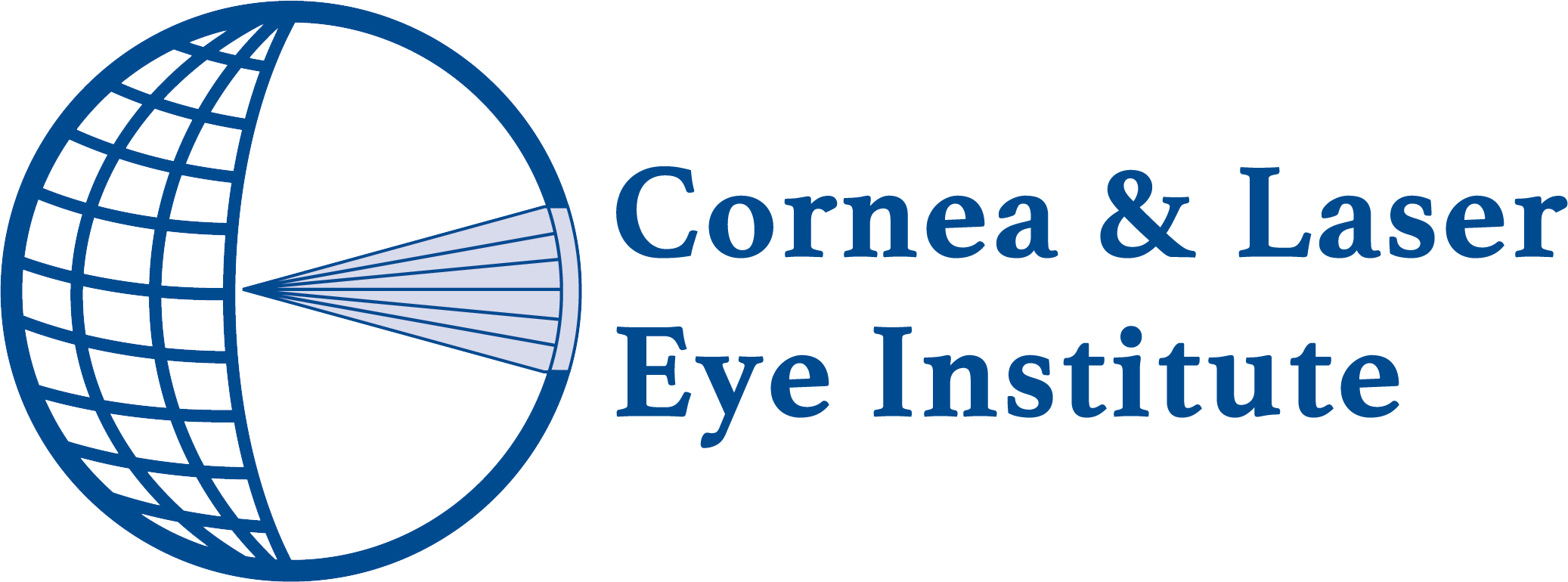
What is Intense Pulsed Light (IPL) Therapy?
Intense Pulsed Light (IPL) therapy is a light based, non-invasive treatment that has gained significant attention in eyecare, particularly for its effectiveness in addressing the underlying causes of dry eye disease. This innovative technology utilizes a broad spectrum of high-intensity light pulses to target and treat various causes of dry eye, including meibomian gland dysfunction, ocular rosacea, and demodex.
IPL therapy works by delivering controlled, precise bursts of light energy to specific areas, reducing inflammation, eliminating demodex, stimulating the meibomian glands and improving the quality and quantity of the tear film. This targeted approach helps to alleviate the symptoms associated with dry eye disease, providing relief for those who struggle with this chronic condition.
Understanding Dry Eye Disease
Dry eye disease is a multifactorial condition that affects millions and millions of people worldwide. It occurs when the eyes are unable to produce sufficient tears or when the tears evaporate too quickly, leading to a variety of uncomfortable symptoms, such as irritation, redness, burning, stinging, grittiness, vision fluctuations, and blurred vision. This condition can significantly impact an individual’s quality of life, making everyday tasks a challenge.
Traditional Treatments for Dry Eye Disease
Historically, the management of dry eye disease has included eye drops, artificial tears, hot compresses, and eyelid scrubs. While these traditional approaches can provide temporary relief, they fail to address the underlying causes of the condition.
How Does IPL Therapy Work for Dry Eye Disease?
The key to the effectiveness of IPL therapy lies in its ability to target the blood vessels that lead to the eyelids and surround the meibomian glands. During an IPL therapy session, the practitioner will use a specialized device to deliver a series of high-intensity light pulses to the affected areas around the eyes.
These light pulses are carefully calibrated to penetrate the skin and reach the blood vessels and reduce their ability to bring inflammation to the eyelids and meibomian glands. This process helps to reduce inflammation and restore the normal function of the meibomian glands, which play a crucial role in the production of the tear film’s oily component, reducing the symptoms associated with dry eye disease.
The light energy delivered during IPL therapy also has a secondary effect of photobiomodulation, stimulating the mitochondria of the treated cells leading to improved cell function. Additionally this treatment can destroy demodex mites associated with demodex blepharitis, thus inflammation in the eyelids, further contributing to the overall improvement in dry eye signs and symptoms.
What to Expect During an IPL Therapy Session
During an IPL therapy session for dry eye disease, you can expect the following:
- Preparation: The practitioner will first clean and prepare the treatment area around your eyes, ensuring that the skin is free of any makeup or other products.
- Eye protection: You will be provided with specialized eye protection, such as goggles or shields, to ensure that your eyes are covered from the high-intensity light pulses.
- Treatment: The practitioner will then use the IPL device to deliver a series of controlled light pulses to the treatment area. You may feel a very mild snap and heat with each pulse, this sensation disappears instantly during the treatment. The procedure is very well-tolerated. After IPL, additional procedures may be performed such as meibomian gland expression or microblepharoexfoliation.
- Post-treatment: After the treatment, the practitioner may apply a moisturizer, sun screen, or eye drop. You may also be advised to avoid direct sun exposure for a short period. You may feel like you have a light sunburn for the next 24-48 hours. There is no down time for the procedure.
It’s important to note that an IPL treatment requires a number of IPL therapy sessions, general 4 are required, but this can vary depending on the severity of your dry eye condition and your individual response to the treatment. Your eye care professional will work with you to develop a personalized treatment plan that addresses your specific needs.
Who is a Candidate for IPL Therapy for Dry Eye Disease?
IPL therapy for dry eye disease is typically recommended for individuals who:
- Have been diagnosed with dry eye, meibomian gland dysfunction, ocular rosacea, or certain forms of blepharitis, such as demodex blepharitis.
- Have tried traditional dry eye treatments, such as artificial tears or prescription eye drops, but have not experienced lasting relief
- Suffer from chronic, persistent dry eye symptoms, including irritation, redness, and blurred vision
- Desire a non-invasive solution to address the underlying causes of their dry eye condition
It’s important to note that not all individuals with dry eye disease may be suitable candidates for IPL therapy. Your eye care professional will carefully evaluate your condition and medical history to determine if IPL therapy is the most appropriate course of treatment for your specific needs.
Potential Side Effects and Risks of IPL Therapy for Dry Eye Disease
While IPL therapy is generally considered a safe and well-tolerated treatment for dry eye disease, there are a few potential side effects and risks that you should be aware of:
- Temporary discomfort: You may experience a mild, warm sensation or slight snap discomfort during the treatment, but this is typically well-tolerated and subsides quickly after the session.
- Redness and swelling: Some patients may experience temporary redness or mild swelling in the treated area, which typically resolves within a few hours to a day.
- Rare complications: In very rare cases, some individuals may experience more serious complications, such as skin blistering similar to a severe sunburn and changes in pigmentation. These complications are very uncommon and can be effectively managed by your healthcare provider.
It’s important to discuss any concerns or questions you may have about the potential risks and side effects of IPL therapy with your eye care professional. To learn more about this procedure, schedule a consultation with us today. We can provide you with a comprehensive understanding of the treatment and help you make an informed decision about whether it is the right choice for your dry eye condition.
Conclusion
Intense Pulsed Light (IPL) therapy offers a non-invasive and targeted treatment for dry eye to address the underlying causes of this chronic condition. If you’re struggling with chronic dry eye disease, schedule an appointment at CLEI today to discuss the potential benefits of Intense Pulsed Light (IPL) therapy.



